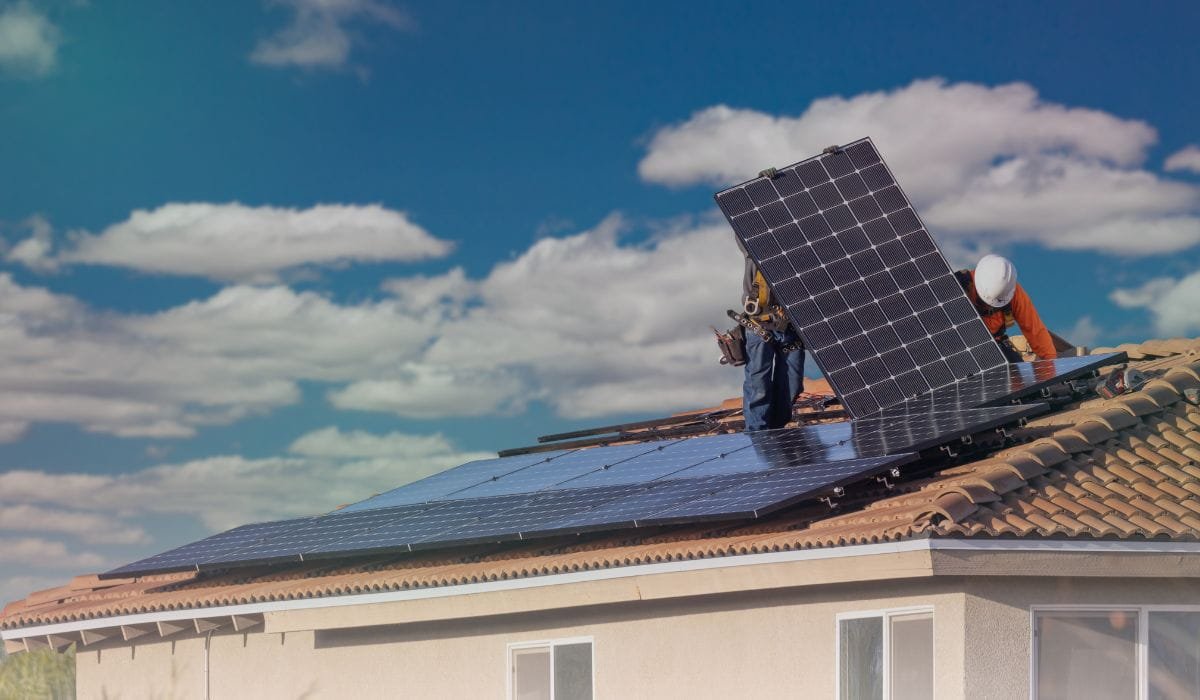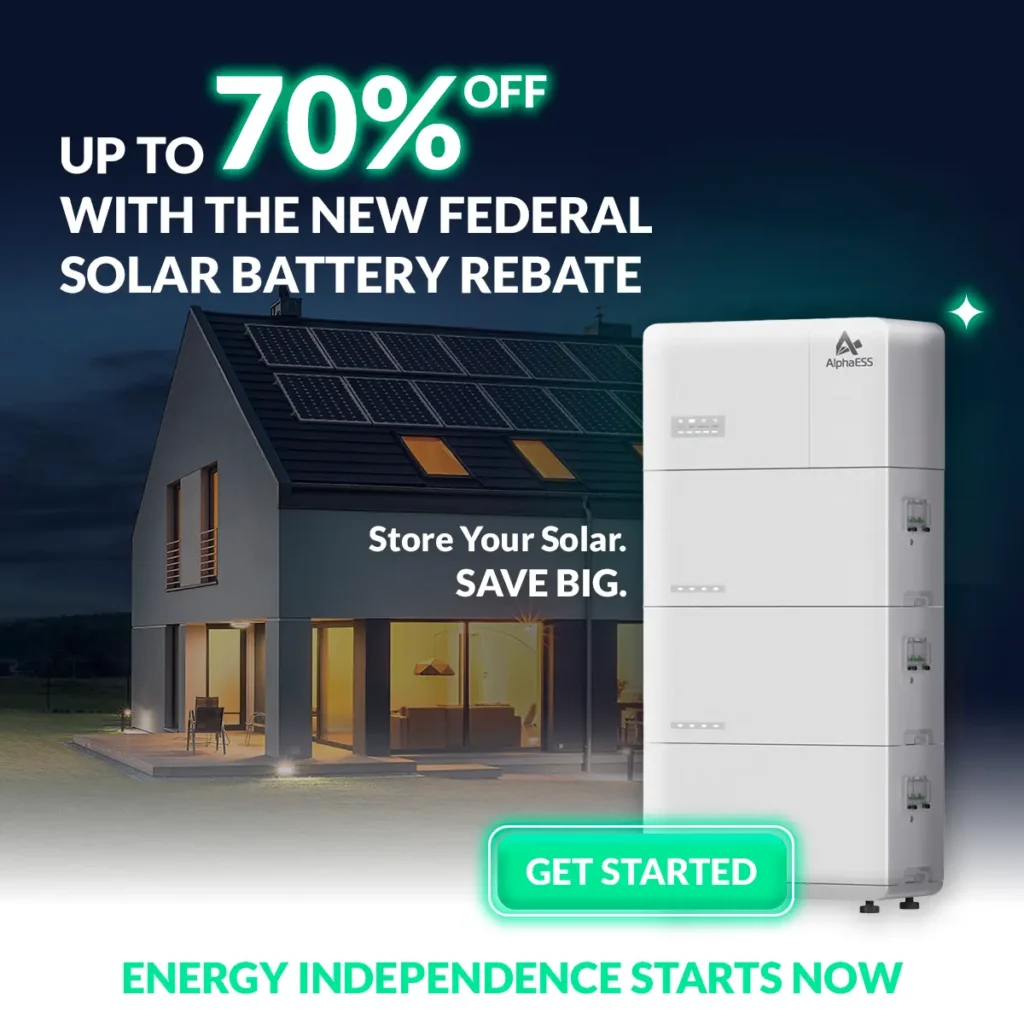To obtain solar energy, the first step is installing solar panels, typically on the roof of a home or commercial building. These panels capture sunlight and convert it into electricity.
These systems are made up of multiple interconnected solar cells that absorb sunlight and turn it into electricity. Once the sunlight is absorbed, the system produces direct current (DC) electricity, which is then converted into alternating current (AC) electricity through an inverter.
This AC power can be used to run household appliances or be sent back to the electricity grid.
In some cases, residents may also use solar thermal systems to obtain solar energy. Unlike PV panels that generate electricity, solar thermal panels capture heat and use it to warm water.
Solar thermal technology is often used for hot water systems, making it a popular choice for homeowners in Victoria looking to reduce their energy costs.
Solar Power and Grid Connection
After solar energy is generated, it can be used in a few different ways. Many Victorian homes use their solar-generated electricity to power their own appliances. Any excess electricity produced can be fed back into the national grid, where it can be used by other households.
In fact, as part of the ongoing shift towards renewable energy, Victoria’s solar energy production is becoming an integral part of the state’s energy system. Homes that produce excess electricity can even receive financial incentives for feeding it back into the grid through feed-in tariffs.
To maximize the efficiency of solar energy collection, Victoria residents can look into battery storage solutions. By pairing a solar panel system with a home battery, excess solar energy can be stored for use during periods of low sunlight, such as at night or during cloudy days.
Incentives for Solar Energy Use in Victoria
Victoria offers several government incentives to help make solar energy more accessible for residents. Programs like the Victorian Energy Upgrade Program provide rebates and incentives for installing solar power systems, which help reduce installation costs.
How Solar Energy Benefits Victoria Residents
Adopting solar energy brings a host of benefits for Victoria residents. Not only does it reduce reliance on fossil fuels, but it also helps cut down on household energy costs.
In addition to the environmental benefits, using solar power can increase the overall energy independence of homes, allowing residents to generate their own electricity and reduce exposure to rising energy prices.
Victoria’s sunny climate is ideal for harnessing solar energy, making it one of the best states in Australia for solar adoption. With the increasing affordability of solar panels and supportive state programs, residents can make a significant impact on their energy consumption and costs.
Conclusion: Embracing Solar Energy in Victoria
So, how is solar energy obtained in Victoria? Through the installation of solar panels that convert sunlight into electricity or heat, residents can take full advantage of this abundant, renewable energy source.
With all the advantages of solar energy, there’s no better time to make the switch in Victoria and start reaping the rewards of a cleaner, greener energy future.





